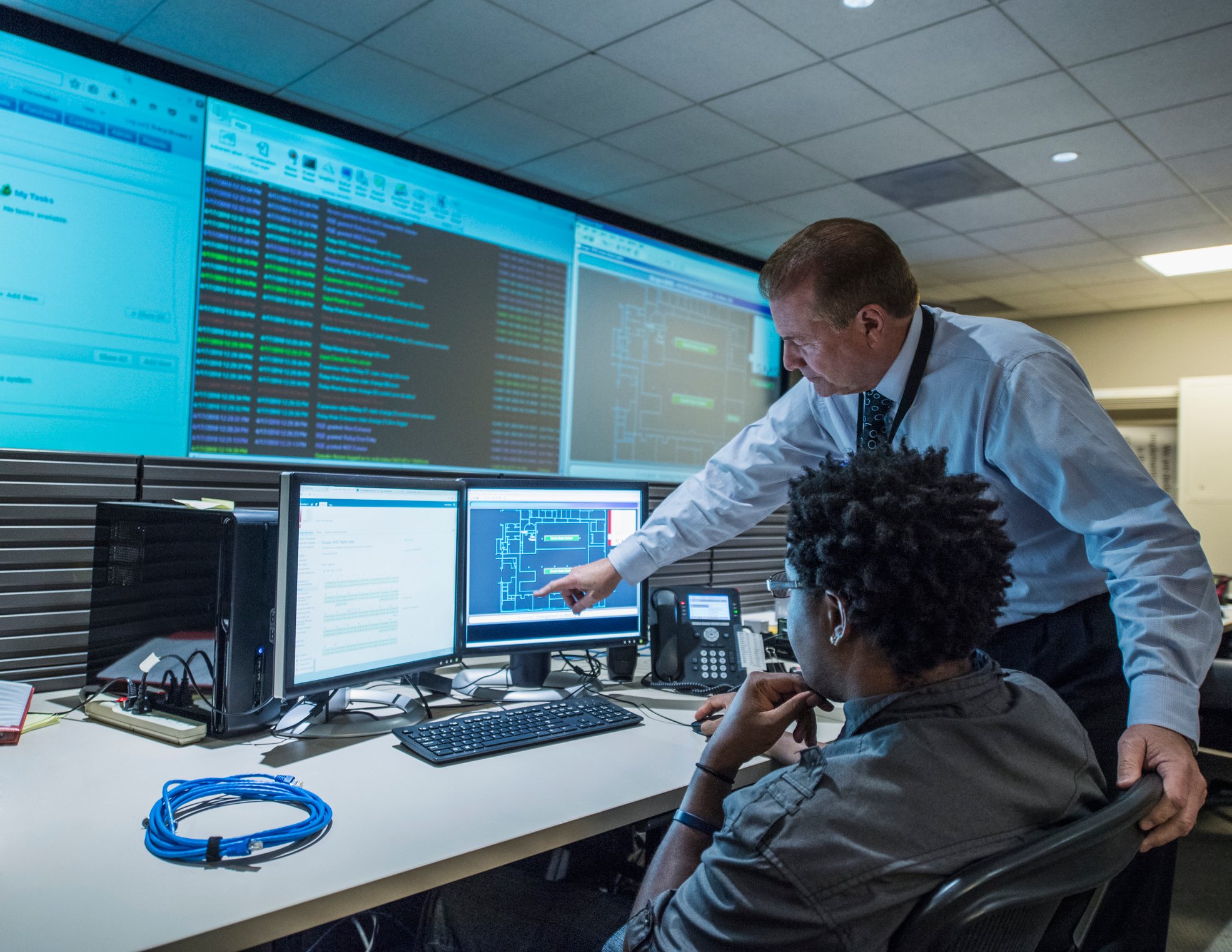Last Wednesday was game day for FireEye (FEYE +0.00%). The shorts were gearing up to make a quick profit as FireEye's huge lockup expired. The stock had been trading off but remained above the IPO price of $20 which would allow professional investors to lock in profits by selling. However, the stock had already been moving. In the NFL, when the offensive line moves before the ball is snapped, the team gets a penalty for a false start. Now, it looks like FireEye's false start drew shorts into a crowded trade.
FireEye's lockup was massive
On Wednesday, more than 112 million shares became available for sale. This dwarfs the company's 6 million shares of average daily volume and could have caused a huge supply/demand imbalance similar to the issue that Twitter faced as its lockup expired.
Ready...Set...Cover
The FireEye lockup came and went without causing drama for investors. This may be a small consolation for the loyal shareholders who are bruised from it's 74% peak to trough decline over the last two months. But, on the other hand, if you believe in the fundamentals, a negative catalyst is out of the way. The lack of negatives is a positive when the market is advancing and the stock can now move forward as positive headlines come out.
History supported taking a short position
It was reasonable for short term investors to think they could make quick profits by shorting the stock ahead of Fireye's lockup expiring. The precedents of Gogo (GOGO 2.52%) in December and Twitter (TWTR +0.00%) in April were fresh in investors minds. On December 18th , Gogo's lockup expired, releasing 56.8 million shares -- gogmore than twice its 26 million share float. The stock traded off by 24% from the close on December 17th to the low on December 22nd in a devastating pullback. Twitter's lockup was even more volatile. The company unlocked 470 million shares, causing average trading volume to increase 10 times! The shares dropped the same 24% as Gogo's but in only two days.
Why is FireEye holding fast when Twitter was crushed?
The key issue here is demand. FireEye may have problems with management credibility, excessive acquisitions and being able to generate profits on the schedules of Wall St analysts. However, demand for its products and services is stable and more important to investors in the long run. Twitter, on the other hand, is still proving its market which makes the investment thesis more reliant on hope of a market developing.
Sell side analysts are getting behind the story again.
Earlier in the month, Nomura analyst, Rick Sherlund, defended the stock ahead of the expiration, reiterating a "Buy" rating and that FireEye has the "best of breed" security platform. On Friday, Barclays followed suit and upgraded the stock to Overweight with a price target of $40. These two analysts are ahead of the herd and could represent a shift in sentiment.
FireEye announced that the company would be participating at the Cowen and Bank of America conferences over the next two weeks. Besides the group presentations, companies often meet one on one with key shareholders at these conferences. These meetings can act as catalysts for stocks as details from these discussions can draw attention, either from increased headlines or from sell-side analysts providing commentary.
With a large negative catalyst out of the way, the decks are cleared for long term fundamental investors to step in and take positions. As an example, once the dust settled after Gogo's lockup, the stock rallied 135%. I am not suggesting that FireEye will perform the same way, but it is now possible to see a rally.







